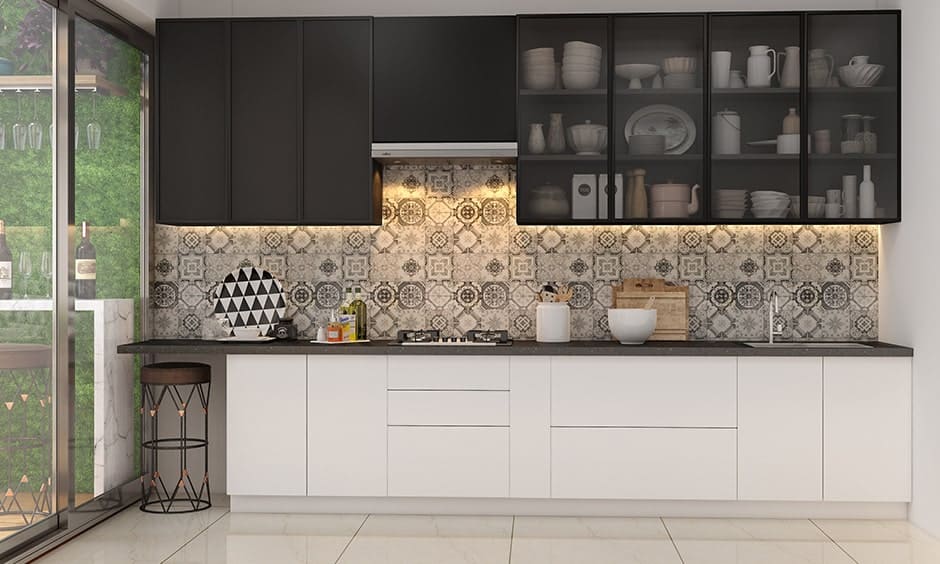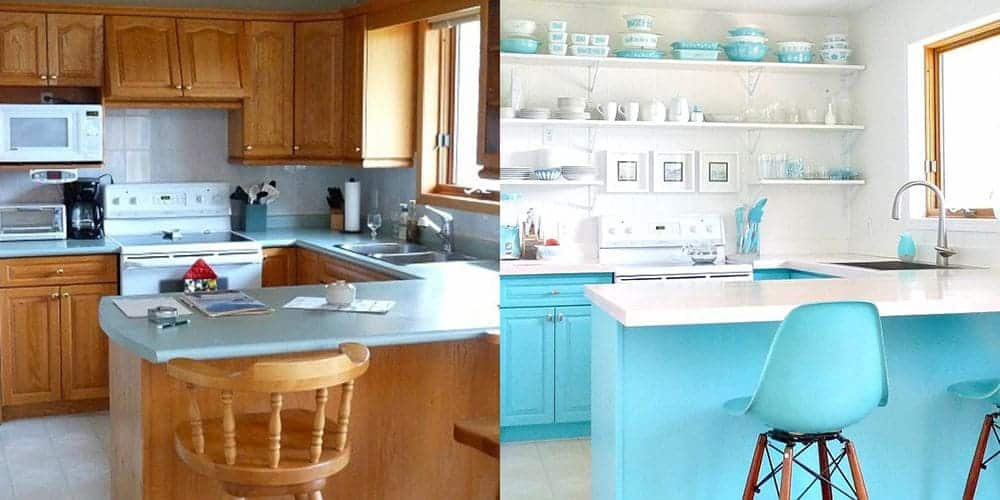Introduction
In the realm of modern interior design, floating shelves have emerged as versatile and stylish storage solutions, especially in kitchen spaces. Their minimalist design and space-saving functionality make them an attractive choice for homeowners seeking both form and function in their culinary sanctuaries. Let’s delve into the world of floating shelves in the kitchen and explore how they can elevate your cooking space to new heights of organization and aesthetics.
Exploring Floating Shelves in Kitchen
Maximizing Vertical Space with Floating Shelves
In compact kitchens, every inch of space counts. Floating shelves in the kitchen offer a brilliant solution by utilizing vertical space efficiently. By installing shelves above countertops or near the ceiling, you can store items such as spices, cookbooks, or decorative pieces, freeing up valuable counter space for food preparation.
Enhancing Visual Appeal
One of the most compelling aspects of floating shelves is their ability to showcase culinary essentials as decorative elements. Unlike traditional cabinets with opaque doors, floating shelves put your prized dinnerware, glassware, or artisanal kitchen gadgets on display, adding personality and charm to your kitchen decor.
Creating Illusions of Space
Small kitchens can feel cramped and claustrophobic, but strategically placed floating shelves can create the illusion of a larger, airier space. Opting for open shelves instead of closed cabinets can visually expand the room and make it feel more inviting and spacious.
Customizing Storage Solutions
The beauty of floating shelves lies in their adaptability to various kitchen layouts and design preferences. Whether you prefer sleek modern shelves or rustic wooden ones, there’s a style to suit every aesthetic. Additionally, you can customize the spacing between shelves to accommodate items of different heights, ensuring maximum functionality.
Practical Tips for Installing Floating Shelves
Choosing the Right Materials
When selecting materials for your floating shelves, consider both aesthetic appeal and durability. Opt for high-quality materials such as hardwood, stainless steel, or tempered glass that can withstand the rigors of daily use in the kitchen while complementing your existing decor.
Ensuring Proper Installation
Proper installation is crucial to the stability and safety of floating shelves. Make sure to locate and secure them to wall studs or use sturdy anchors to support the weight of your items. It’s also essential to use appropriate hardware and follow manufacturer guidelines for installation.
Organizing with Style
Once installed, maximize the functionality of your floating shelves by organizing items in a visually appealing manner. Arrange cookbooks, jars, and baskets in a cohesive way, balancing utility with aesthetics. Consider adding decorative elements such as potted herbs or framed artwork to infuse personality into your kitchen space.
Regular Maintenance and Cleaning
To keep your floating shelves looking their best, incorporate regular maintenance into your cleaning routine. Dust shelves regularly and wipe them down with a damp cloth to remove any spills or stains. Avoid overcrowding shelves to prevent them from sagging or becoming overloaded.
Floating Shelves in Kitchen: FAQs
- How much weight can floating shelves support? Floating shelves can typically support between 25 to 50 pounds, depending on factors such as material, size, and installation method.
- Are floating shelves easy to install? With the right tools and preparation, installing floating shelves can be a DIY-friendly project. However, it’s essential to follow proper installation guidelines to ensure stability and safety.
- Can I install floating shelves in a rental apartment? Yes, many landlords allow tenants to install floating shelves as they don’t require permanent alterations to the property. Be sure to check your lease agreement and seek permission if necessary.
- What is the best height for floating shelves in a kitchen? The ideal height for floating shelves in a kitchen varies depending on factors such as ceiling height and personal preference. As a general guideline, shelves positioned 18 to 24 inches above countertops provide easy access to items while maintaining visual appeal.
- Can floating shelves replace kitchen cabinets entirely? While floating shelves can supplement traditional kitchen cabinets, they may not be suitable for storing heavy or bulky items. Consider your storage needs and balance open shelving with closed cabinet space for optimal functionality.
- How do I prevent floating shelves from sagging? To prevent sagging, ensure proper installation by securing shelves to wall studs or using sturdy anchors. Avoid overloading shelves with heavy items, and distribute weight evenly across the shelf surface.
Conclusion
In conclusion, incorporating floating shelves into your kitchen design can revolutionize the way you organize and showcase your culinary space. From maximizing vertical storage to enhancing visual appeal, these versatile shelves offer endless possibilities for customization and creativity. By following practical tips for installation and maintenance, you can enjoy the benefits of floating shelves while adding personality and charm to your kitchen decor.





